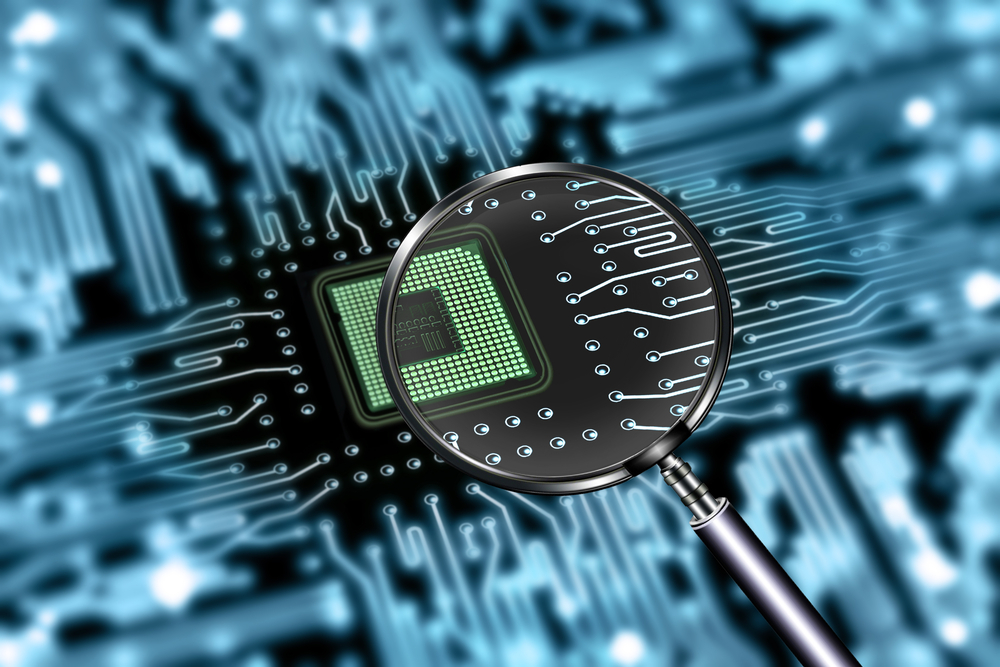Security Lithography Advances to Thwart IC Counterfeiting

Multibeam Corporation, Dr. David K. Lam disclosed "Security Lithography" advances at the SPIE Advanced Lithography conference within the broader conference program titled, "Multicolumn E-Beam Lithography for IC Traceability," Dr. Lam will discussed how Security Lithography, made possible by Multibeam's MEBL, will thwart IC counterfeiting by embedding a unique ID into each IC during routine wafer fabrication.
"Counterfeit ICs remain a major problem throughout the semiconductor supply chain," asserted Dr. Lam. "Each critical IC should have a unique tamper-proof identifier to enable verification of authenticity throughout its life cycle, but current anti-counterfeit solutions are costly and fall far short of expectations."
In his presentation, Dr. Lam contrasted current approaches with the use of MEBL, which can embed a unique ID deep inside each IC during normal fabrication; hard-code the ID at the 'silicon level' making it virtually tamper-proof; eliminate the need for costly drive circuits, extra mask steps, and/or special packaging; and can link to a secure database to store individual chip data including chain-of-custody records, which is crucial for verifying provenance of the chip.
"Faster, Better, Cheaper" Still Essential but Insufficient"
Winners in today's IC market need to go beyond making chips faster, better and cheaper," affirmed Dr. Lam. "Winning must now include 'more secure' as counterfeit ICs proliferate and negatively impact IC makers as well as commercial and government users." He stressed the need to embed each chip with a unique ID during wafer fab, a task just not possible with cookie-cutter mask-based lithography such as DUV and EUV. He reported that his firm's multi-module MEBL system (with each module about the size of a plasma-etch module) has advanced to writing on-chip security at a throughput of 60 wafers/hour. "Such a high rate is compatible with most wafer fab flows and affordable for commercial chipmakers," he added. "Expect Security Lithography to address hugemarkets as the need for on-chip security cuts across most applications."

































